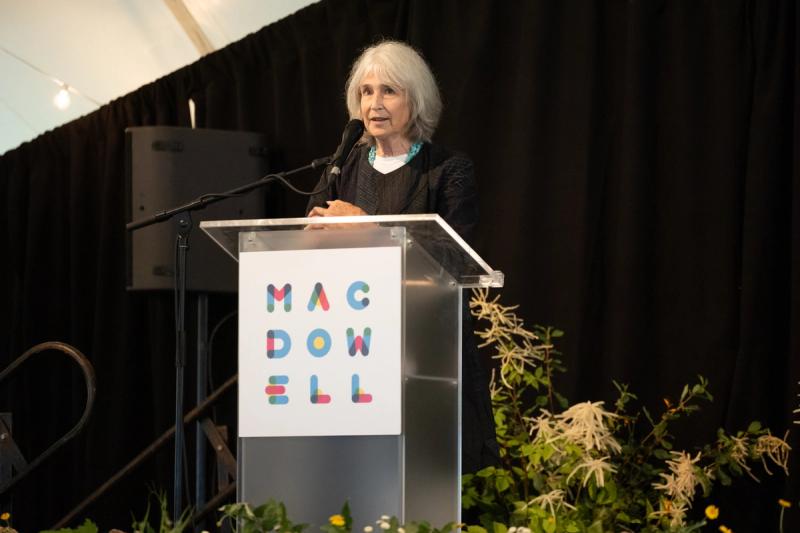News
Roxana Robinson gives address at the MacDowell Colony

Roxana Robinson gives the address on the evening preceding Medal Day at the MacDowell Colony, June 28, 2025
Click to download the text
Leaving one of Chicago Public Library's Must-Read Books of 2024: Fiction

Let us be your guides to the year's buzziest fiction. These are the year's top picks from readers, reviewers & awards groups.
Chicago Public Library's Must- Read Books of 2024: Fiction
Leaving one of Nine Books Featuring Mother-Daughter Relationships picked by AARP

This novel offers a rhapsodic look at late-in-life love that considers an extra element: What happens if your adult daughters do not approve? When past-middle-age and just divorced Sarah reconnects with her college love, Warren, who’s still married, sparks fly, and they tumble back into romance. The...
Leaving is a New York Times Editors’ Choice

Read "9 New Books We Recommend This Week" at The New York Times.
Leaving one of Five Fresh Fiction Picks at "Oprah Daily"

Somehow balancing operatic intensity with deeply intelligent emotional realism (particularly with regard to the role of adult children in their parents’ lives), Robinson’s novel reinvents our understanding of the possibilities, and limits, of midlife. Sorry, we're not going to talk about the ending....
Leaving Reviewed on The Weekly Reader

Marion Winik and Lisa Morgan review Leaving on The Weekly Reader podcast.
Leaving Review at The Washington Post

Joan Frank writes at The Washington Post:
Roxana Robinson’s stunning new novel, “Leaving,” cost me some sleep, and continues to reverberate. A study of the complex joy and pain of late-life love, it is a tour de force and arguably her finest work yet.
The curtain opens on intermission at a New Yor...
Authors Guild Award for Distinguished Service to the Literary Community

On May 9th I received the Authors Guild Award for Distinguished Service to the Literary Community.
More information at the Authors Guild Website.
